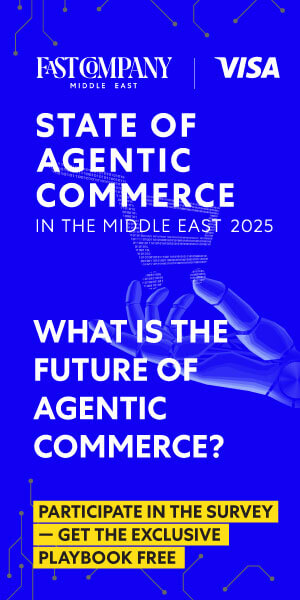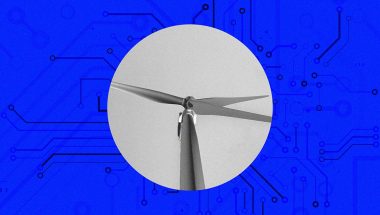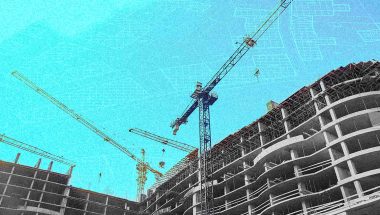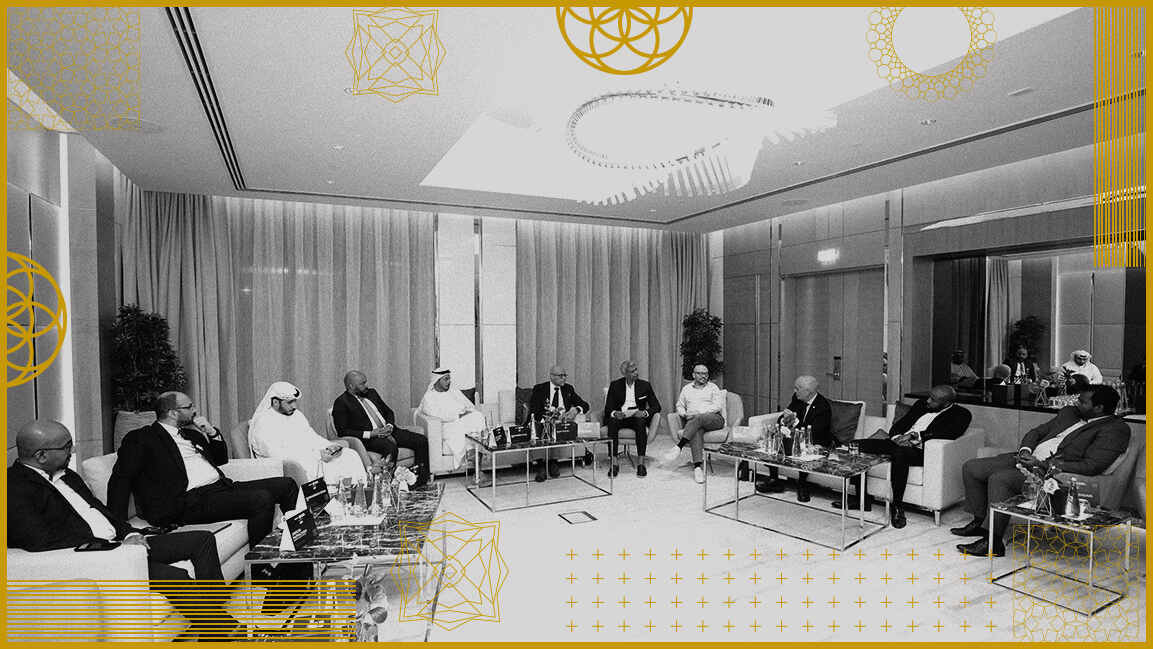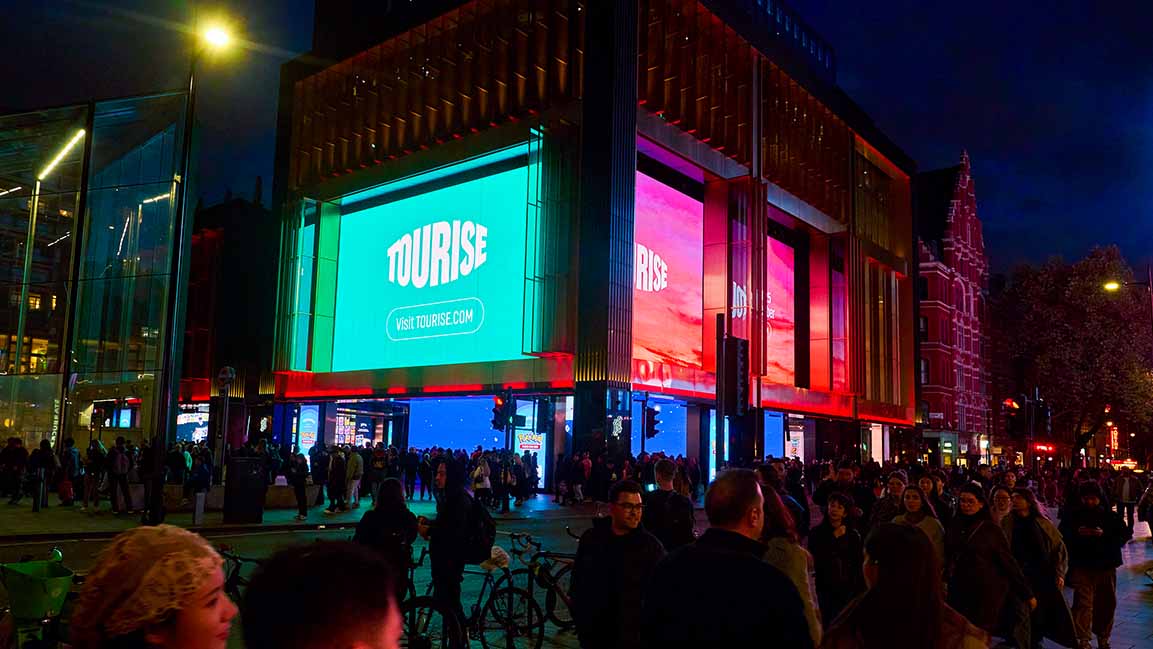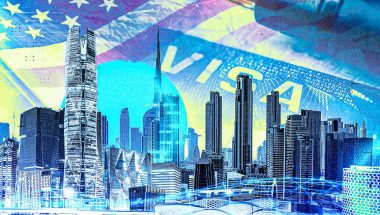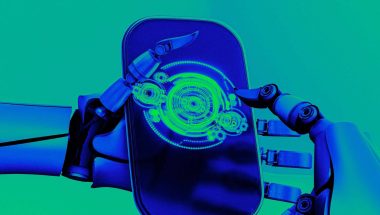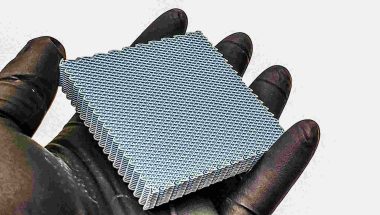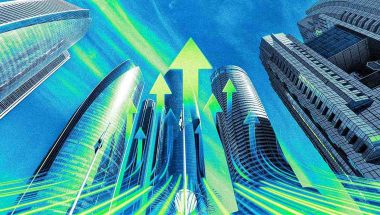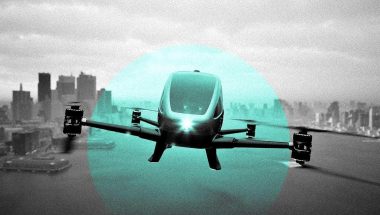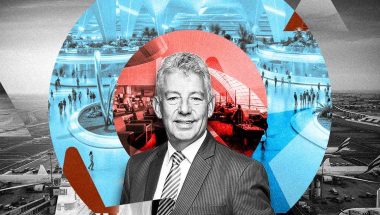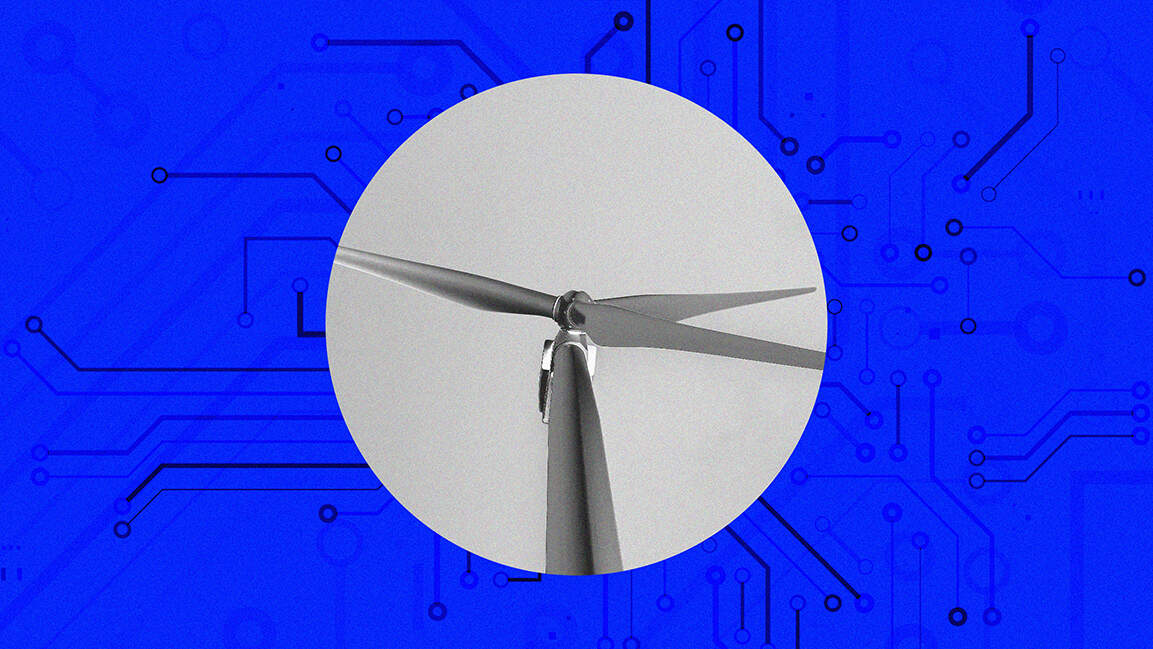AI needs a home. The Middle East is making a bid to build it
Data centers are no longer just back-end infrastructure but key drivers of digital transformation, with Schneider Electric powering AI, sustainability, and the future economy
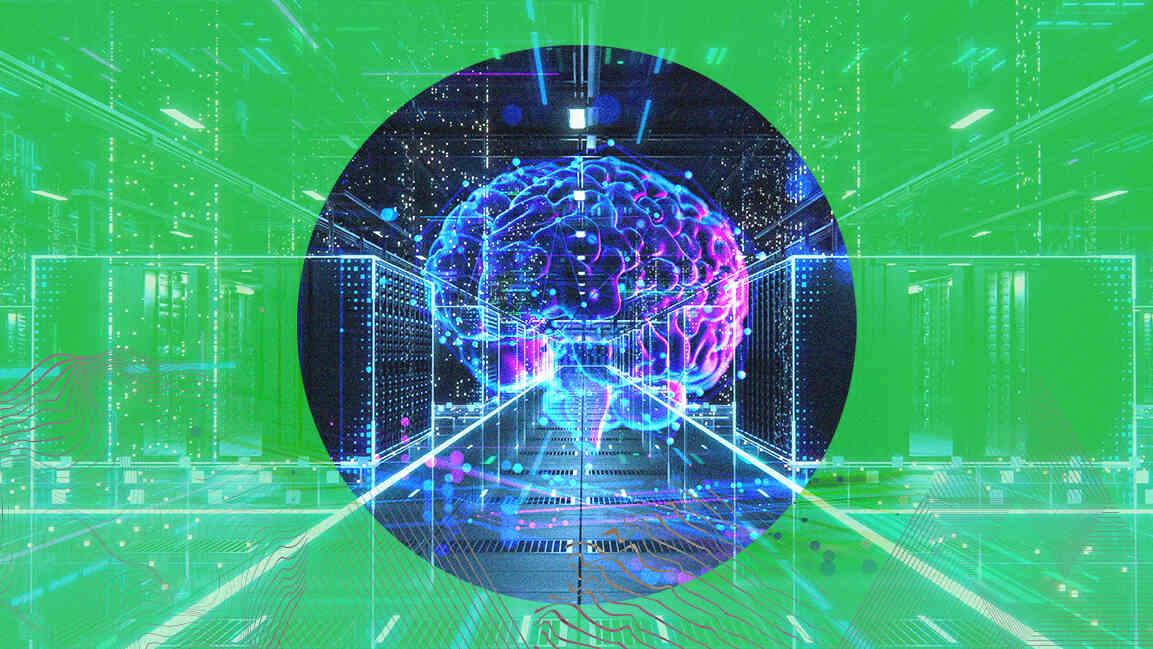
The digital economy of tomorrow is being built today, fueled not just by cloud services and AI algorithms but by the data centers that make them possible. Far from being passive infrastructure, data centers are now strategic assets that are critical for governments, businesses, and societies navigating rapid digital transformation.
“Everywhere we look, societies and economies are becoming more digital,” said Paul Chapman, Vice President, Cloud & Service Provider Segment – APAC & MEA at Schneider Electric. “From smart cities to digital payments and e-banking, the convenience and innovation we enjoy rest on the critical infrastructure provided by data centers.”
The rise of generative AI, edge computing, and immersive digital services is pushing data centers to evolve from supporting IT to powering entire economies. Schneider Electric frames this evolution with a holistic approach, connecting energy, IT, and sustainability through its “grid to chip and chip to chiller” framework.
“This means whether supporting AI at the edge for a retailer or managing a microgrid campus of data centers, we can ensure the right infrastructure and partners are in place,” Chapman adds.
AI AMBITIONS IN THE MIDDLE EAST
The Middle East is positioning itself as a global hub for AI, backed by ambitious national strategies and multibillion-dollar investments. Saudi Arabia, the UAE, and Qatar have set targets to become leaders in AI by 2030, supported by partnerships, innovation hubs, and renewable energy projects.
“The region has clear ambitions to become a destination and center of excellence for AI,” said Ziad Youssef, EcoStruxure IT Global Sales Vice President at Schneider Electric. “Gulf states have committed around $2 trillion to AI and advanced technologies.”
The scale of the opportunity is striking. PwC estimates AI could add $320 billion to the region’s GDP by 2030. Yet, realizing this promise will require overcoming significant hurdles. Deloitte notes that while 80% of organizations feel pressured to adopt AI, nearly half lack the talent and capabilities to scale. McKinsey cites difficulties in choosing the right technologies as another barrier.
Energy access and sustainability are central to these efforts. Mega solar projects in the UAE, Egypt, and Saudi Arabia are setting global benchmarks, powering data centers while reducing carbon footprints. “We work with providers to negotiate power purchase agreements for data center operators, ensuring secure access to renewable energy,” Youssef explains.
Modularity and local manufacturing also play a key role. “Pre-certified prefabricated solutions can be deployed quickly and closer to where they’re needed, reducing costs and accelerating AI adoption,” he adds.
DESIGNING FOR THE AI ERA
AI workloads are transforming infrastructure at every level, demanding unprecedented energy densities and advanced cooling solutions. Training large language models, for instance, requires power and efficiency far beyond traditional data center capacities.
“Densities of 100kW per rack are becoming common and even higher are expected in the next few years,” Chapman says. To meet this demand, Schneider Electric partnered with NVIDIA on the GB200 NVL72 reference design, built for energy-efficient AI.
The company has also introduced the Galaxy VXL UPS, its most compact, high-density power protection system, designed specifically to support AI and data center workloads, ensuring reliability without compromising efficiency.
POWERING AI WITH RELIABILITY AND SUSTAINABILITY
As AI workloads grow, reliability is as critical as efficiency. Training spikes can overwhelm conventional systems, and rising thermal loads push traditional cooling to its limits. Schneider Electric addresses both challenges with solutions designed for the next generation of AI.
The Galaxy VXL UPS combines high density with fault-tolerant architecture, delivering up to 99% efficiency while minimizing total cost of ownership. Its flexibility, including compatibility with lithium-ion and VRLA batteries, allows operators to scale even the most demanding workloads confidently, said Youssef.
On the cooling side, liquid solutions are emerging as the sustainable answer. “With racks pushing beyond 100kW, air cooling becomes inefficient,” explained Chapman. Following the acquisition of Motivair, the company now offers direct-to-chip and modular liquid cooling solutions adaptable from small deployments to hyperscale. Liquid cooling also opens opportunities for heat reuse and tighter energy efficiency, making it central to long-term sustainability goals.
AI AND SUSTAINABILITY DRIVING THE FUTURE OF DATA CENTERS
As AI workloads grow, data centers face twin pressures: delivering more compute power while managing rising energy demands. Not every facility can start from scratch, making modular, prefabricated retrofits essential. “Digital twins help us design for efficiency from day one,” said Chapman. “Our modular options, including integrated liquid cooling, allow operators to expand or retrofit with minimal footprint and risk.”
Energy constraints add another layer of complexity, particularly in regions with fragile grids. Schneider Electric sees microgrids as a practical solution. “Microgrids let operators reduce reliance on central grids and tap into local sources like solar, geothermal, or nuclear,” explained Youssef. “Data centers are evolving from energy consumers to prosumers, generating power and even feeding surplus back into the grid.”
AI itself is also emerging as a key tool for sustainability. “AI is increasingly embedded in systems from data center management to grid optimization,” Youssef said. “The World Economic Forum estimates its use could cut global energy emissions by 5–10%.” By optimizing efficiency at every level, from processors to racks to grids, AI is set to play as significant a role in sustainability as it does in digital transformation.
The data center industry is evolving at the pace of AI and the growing demand for sustainable energy. Operators face the challenge of scaling computing power while keeping environmental impact in check, a balance that will shape the future of digital infrastructure.
Schneider Electric takes a holistic approach, integrating design, energy, and operations. In the Middle East, where resources and ambition converge, the company is helping data centers run the world’s most demanding AI workloads efficiently, reliably, and sustainably, demonstrating that the next generation of data centers can be intelligent and transformative.
This article is part of AI Data Centers Decoded, a content series focused on how AI is reshaping data infrastructure, powered by Schneider Electric.







